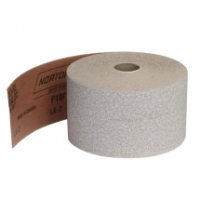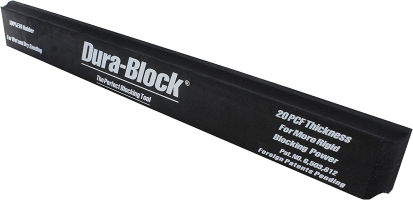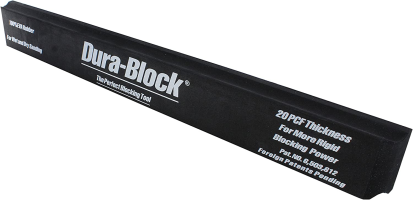movingcastle
New Member
Hi all,
I am trying to remove an old boat name off the hull of our new-to-me 1983 Ericson 35-3. This is actually 2 or 3 names ago for this particular boat, and a faded version of the name remains on both the port and starboard quarters. Photos attached.
It's not paint—at least, I don't think it is. I thought it was just dirt/glue/crap from old sticker boat lettering.
There are some small pieces of decal detritus (new band name!) that I was able to easily remove using small amounts of acetone. Unfortunately this did not make a dent on the gray lettering. When I feel the letters they are raised (barely perceptibly) to the touch.
Any ideas on what it might be, or how it might be removed? Should we just try EZ Oven cleaner to see what happens? Pay someone?
This is my first post but I've been poking my head in here every once in a while—happy to finally say hello!
Thanks,
Cole
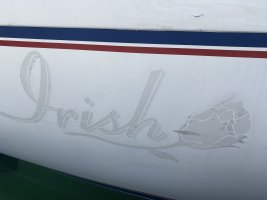
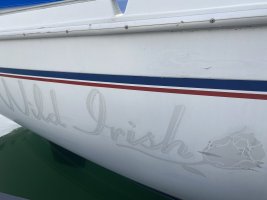
I am trying to remove an old boat name off the hull of our new-to-me 1983 Ericson 35-3. This is actually 2 or 3 names ago for this particular boat, and a faded version of the name remains on both the port and starboard quarters. Photos attached.
It's not paint—at least, I don't think it is. I thought it was just dirt/glue/crap from old sticker boat lettering.
There are some small pieces of decal detritus (new band name!) that I was able to easily remove using small amounts of acetone. Unfortunately this did not make a dent on the gray lettering. When I feel the letters they are raised (barely perceptibly) to the touch.
Any ideas on what it might be, or how it might be removed? Should we just try EZ Oven cleaner to see what happens? Pay someone?
This is my first post but I've been poking my head in here every once in a while—happy to finally say hello!
Thanks,
Cole



